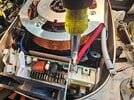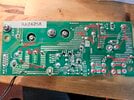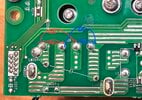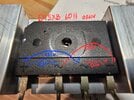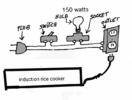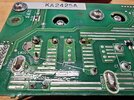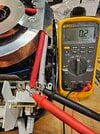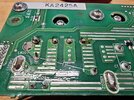I have a induction rice cooker that trips the breaker as soon as it's plugged in. The internal 15A fuse is still intact. I disconnected the inductive loop and the unit still trips out. I have narrowed it down to the inductive power supply board pictured below. When this board is connected and nothing else is it trips out. With it disconnected it stays on.
I went through the board but didn't find anything obvious. I'm no expert though, any help or advice on finding the short circuit would be much appreciated.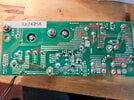
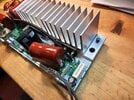
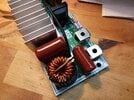
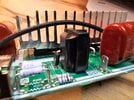
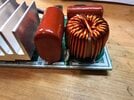
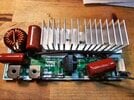
I went through the board but didn't find anything obvious. I'm no expert though, any help or advice on finding the short circuit would be much appreciated.






Attachments
Last edited:
